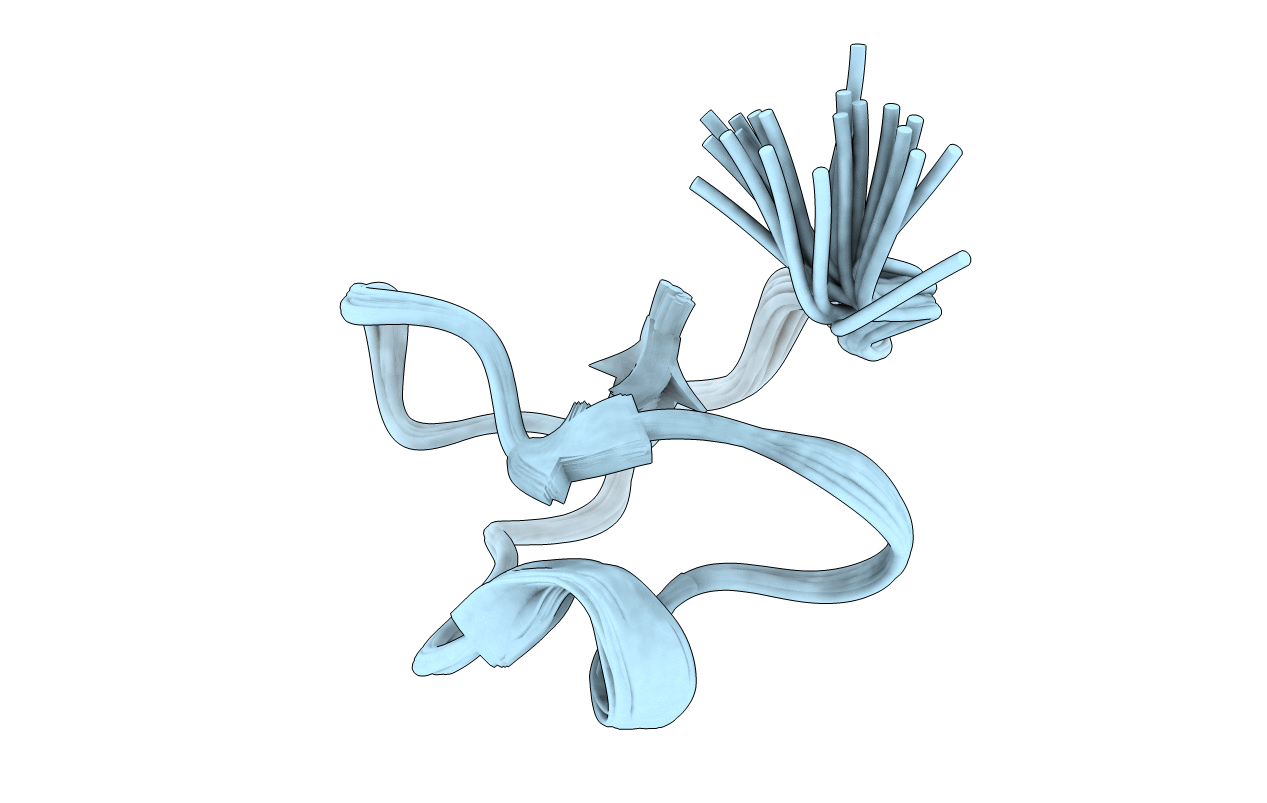
Deposition Date
2011-09-23
Release Date
2012-08-08
Last Version Date
2024-10-30
Method Details:
Experimental Method:
Conformers Calculated:
50
Conformers Submitted:
20
Selection Criteria:
structures with the lowest energy


